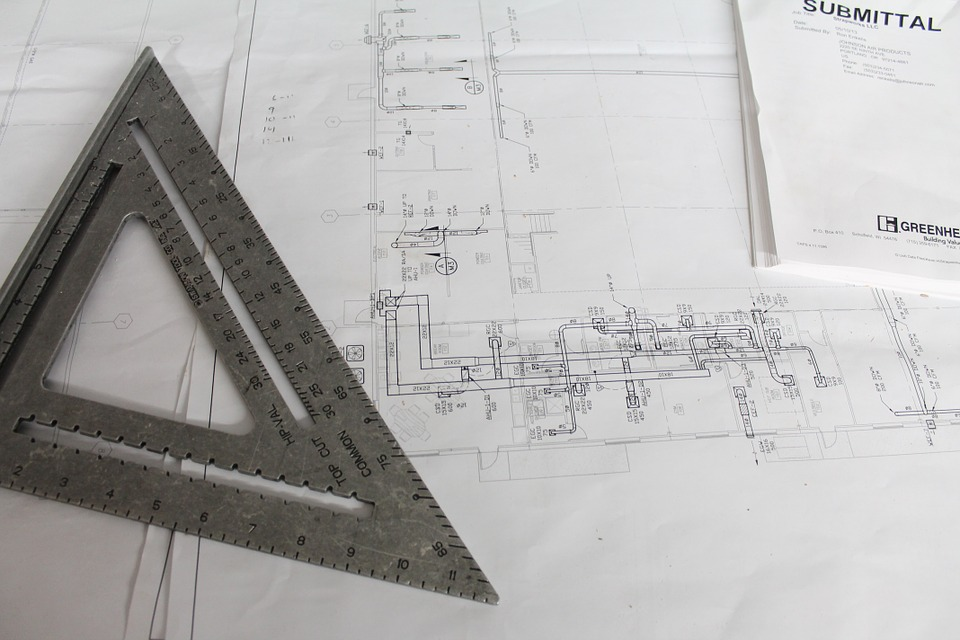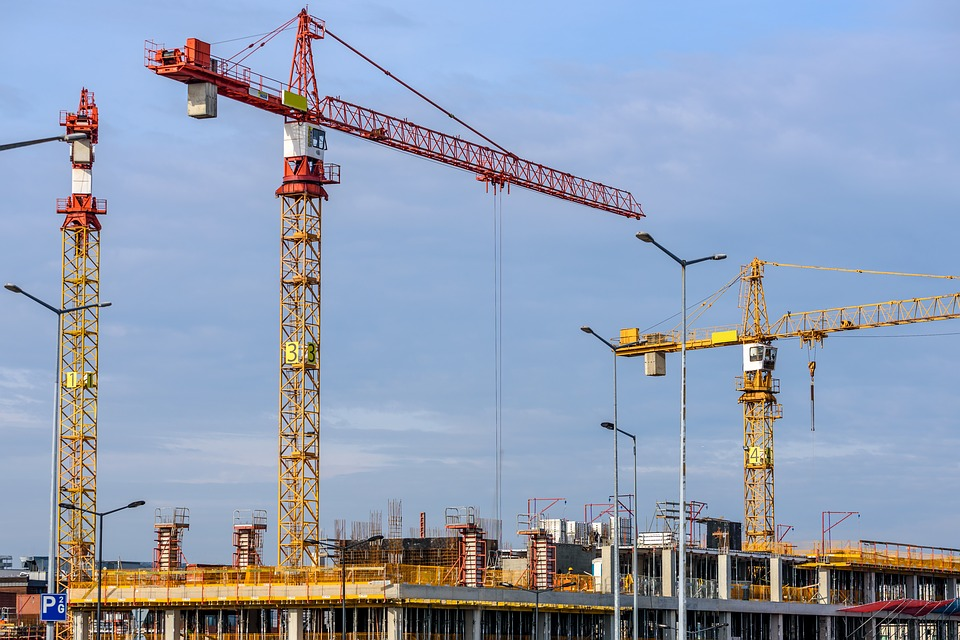Risk is an inherent component of every business that must be managed in order to ensure success. Companies in every industry face risk on a daily basis. Weighing the pros and cons of this risk is a constant balancing act that requires a tremendous amount of dedication and expertise. Too much risk can cause a company to fail from the losses. However, a company that never takes risks will not be able to succeed.

Here are a few tips for reducing operational risks in construction.
1. Identify and divide various tasks amongst your employees.
In order to eliminate a certain risk, it must first be identified. You can then detail the necessary steps that can be taken to eliminate that risk. If that particular risk is being performed by a single role or individual, considering dividing the task to place one person in charge of performing the task and another person in charge of approving the result.
2. Hire a number of various experts.
Many companies make the mistake of hiring only a few leaders to be in management positions. In reality, running a construction company is a complicated process that requires expertise in many different areas. Having this diverse competence is an important component to keeping everyone safe. By having a number of different experts on staff, you help to diversify the abilities of the company overall. Ethan Harris from Architectural Cladding Suppliers (https://acladding.com.au/) explains that interlocking metal cladding is a versatile choice for a building facade because it can be installed facing in any direction. This company is dedicated to eliminating operational risks by delivering safe construction solutions. As a leader in the company, Ethan Harris is able to influence decision-making to a great extent based on his expertise in the field.
3. Streamline your business processes.
While human intelligence is usually trusted more than computer analysis, there are some functions that a computer perform to help increase the safety at a construction zone. Relying on off-system information is necessary at times, but there are some instances when this isn’t ideal. There are some data-driven rules that can eliminate the significant damages caused by human error.
4. Make predictions about possible exceptions.
A lot of risk events are the result of unforeseen situations that stem from exceptional circumstances. Instead of relying on the steadfast rules and commonalities, it is important to make predictions about possible exceptions. The flow and design of a workplace need to be in a constant state of flux in order to accommodate the everchanging variables that are part of every growing business. Brainstorming about possible exceptions can transform unforeseen incidents into manageable mishaps with minimal damage.
5. Transform your approach.
Risk assessment and management are only effective if they remain in the context of a company’s current situation. Construction companies face several changes throughout a project and even during one work day. It is necessary to allow your company’s risk management and risk assessment strategies to fluctuate with the changes in the business itself. A strategy that keeps workers safe from risk today, may end up causing more problems tomorrow.

Operational risks are hazardous and prevalent in the construction industry. Without the proper defense mechanisms and risk management protocols, these businesses would be very dangerous places to work.